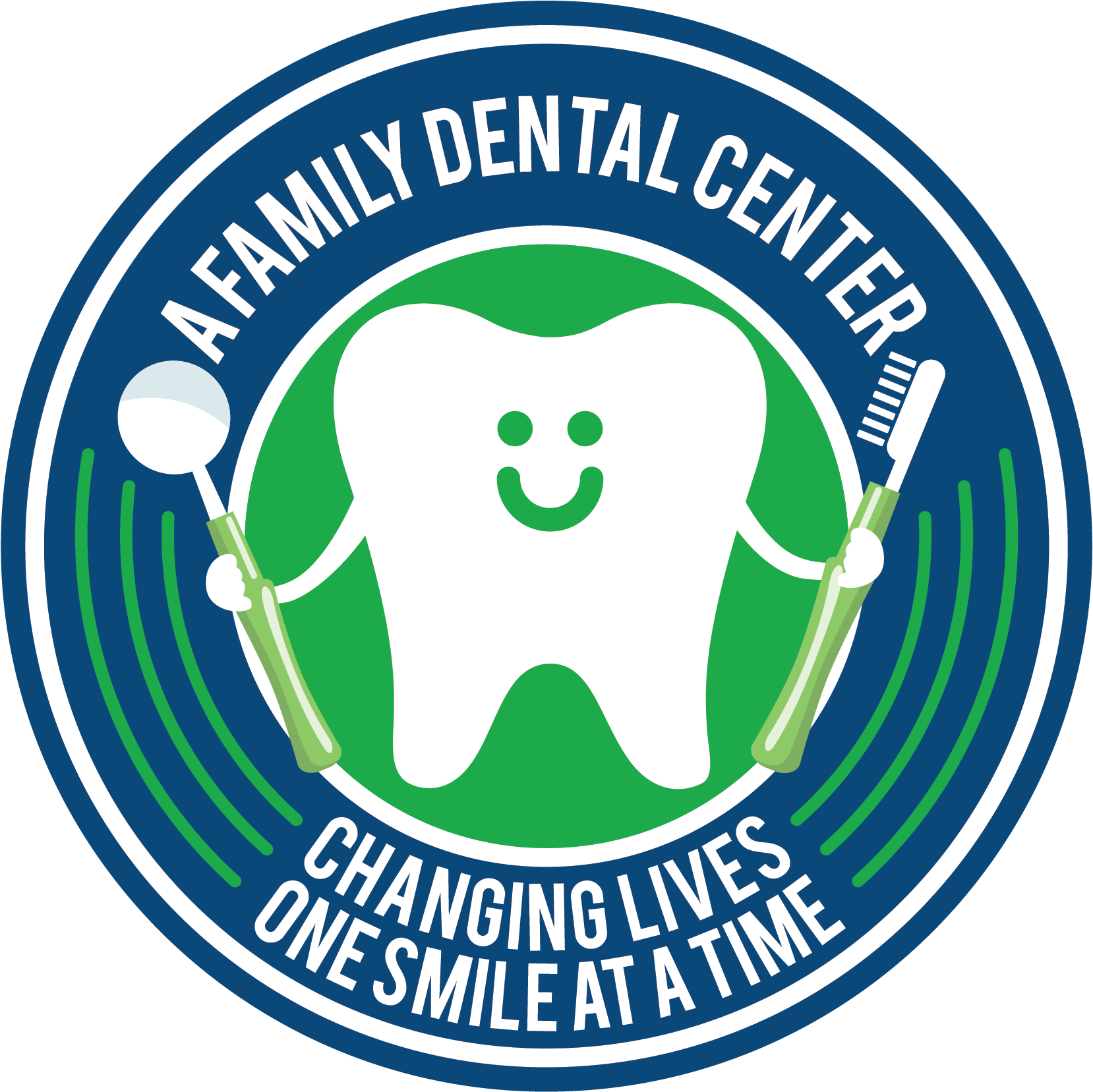Dental bridges are excellent solutions to replace a missing tooth or teeth supported by other teeth besides the gap left vacant. Dental bridges are a perfect option functioning as replacements for missing teeth when you have 1 to 3 teeth missing either in the posterior or the anterior region of your mouth.
You may have lost your teeth because of an injury, or an infection may have resulted in teeth extraction by the Kennewick dentist. Whatever the reasons, it is imperative that you seek treatment to close the vacant Gap you display between your teeth whenever you smile. What are your options for replacing the missing teeth? Learn more about tooth replacement solutions and how soon you can have them in your mouth after tooth extraction from this article.
Immediate Tooth Replacement Solutions After Extracting Teeth
Finding various tooth replacement solutions after extracting teeth is not a challenge. However, if you want an immediate answer to close the gap between your teeth, you have merely one solution available. The solution requires you to plan ahead of time before scheduling the tooth removal.
The only solution available to you for replacing missing teeth immediately after an exception is an immediate load denture. This dental prosthetic is created directly after your tooth extraction procedure is scheduled and placed on your gums soon after the tooth is extracted. However, there are a set of downsides accompanying these prosthetics. They require frequent adjustments and re-lining, resulting in multiple visits to the dentist’s office.
You can have dental implants or dental bridges to replace the tooth you lost. However, both procedures require you to wait for some time for your gums to heal before you can have the replacement tooth. If you prefer fixed prosthetics, dental implants or bridges are better than dentures.
Time Required for Having Dental Bridges in Your Mouth after Tooth Extraction
The time needed for having dental bridges to replace missing teeth depends on how much time has elapsed since the tooth was extracted. If you underwent tooth extractions a few years ago, a dental bridge is developed within two to four weeks. However, if your tooth is still awaiting extraction, you may have to wait five to six months after tooth removal to help your gums shape to stabilize before you can have a dental bridge eventually. During the healing phase, the Kennewick dentist can provide a temporary bridge or a partial denture if you prefer to have one.
What Are Dental Bridges?
Dental bridges are fixed replacements for a missing tooth or teeth supported by healthy teeth on both sides of the gap. Different ways are used for making them, with two primary varieties, conventional and resin bonded, being the most common.
Traditional bridges require two healthy supporting teeth on both sides of the gap ground, like having a dental crown. The artificial replacement tooth is attached on both sides to the supporting teeth.
Resin-bonded bridges work similarly, but instead of supporting the replacement tooth on crowns, they are held by a metal framework and glued to the insides of the supporting teeth.
Traditional bridges last for around ten to 15 years, and resin-bonded bridges have a lifespan of seven-ten years. Depending on how healthy the supporting teeth are, the lifespan of the dental bridges differs accordingly, becoming shorter or longer. Your dentist will perform a thorough clinical assessment to determine which type of bridge works best for your situation before discussing the solution with you.
The Procedure for Having Dental Bridges
The dentist ensures the supporting teeth are healthy and structurally suitable for the dental bridge. After that, the supporting teeth are ground down to remove some enamel to accommodate the dental crown. An impression of the supporting teeth is taken and sent to the dental laboratory to fabricate.
When the final bridge is ready, the fixed prosthetic is attached and cemented in place. The procedures are all performed under local anesthesia, making them seem painless.
Bridges are made from various metals and porcelain materials strong enough to support replacement teeth. The dentist discusses the materials for your bridge in advance to ensure you have one resembling the color of your remaining teeth.
After having a tooth extracted, you must wait for four to six months if you want a fixed prosthetic in your mouth. You can request help from your dentist when recommended tooth removal on your options to replace the missing teeth in your mouth.


